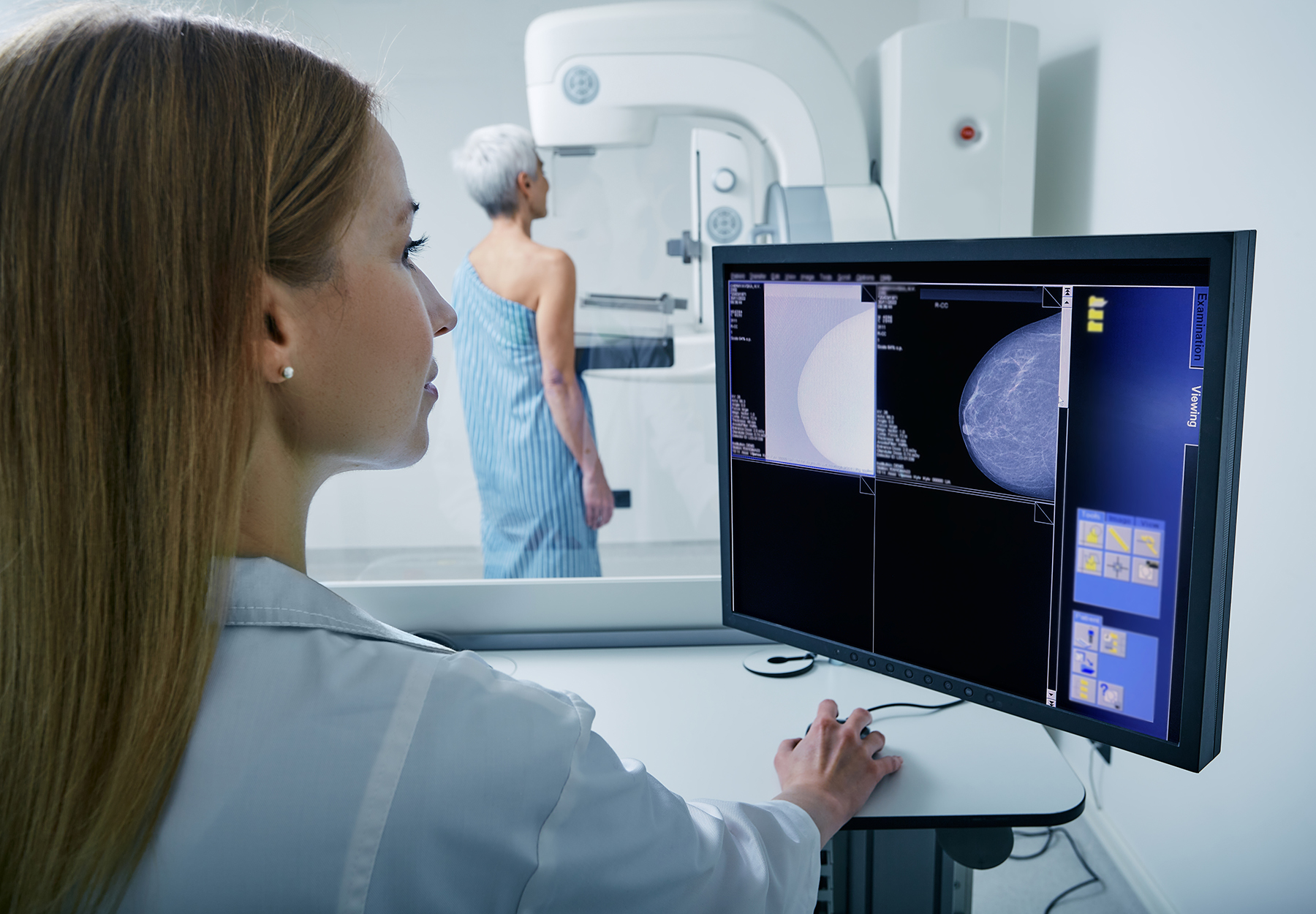AI Combined with DM and ABUS Can Improve Breast Cancer Detection
Researchers found that combining AI with both imaging technologies can improve the detection of cancer in women with dense breasts.

Subscribe to Clinical Diagnostics Insider to view
Start a Free Trial for immediate access to this article